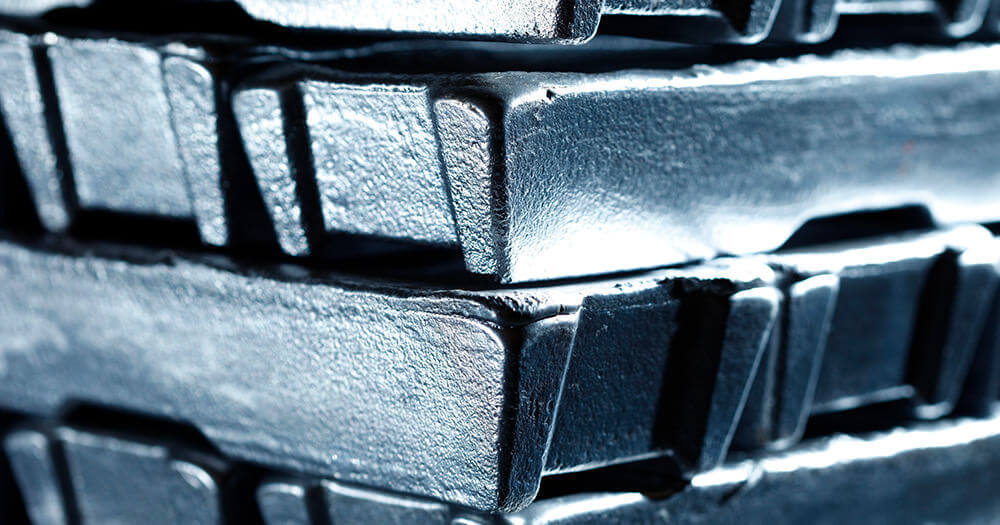The correct aluminium alloy casting process with knowledge, as well as finishing treatment can positively influence the lifecycle functionality of electronic components in aluminium casings. Alteams continuously develops alloys to facilitate product development, e.g. the successful High Thermal Conductivity Aluminium Alloy (HTC Alloy) enabling life cycle doubling of electronic components in aluminium casings.
“Waste heat is a real challenge encountered by companies in the sector: electronics are being packed into more efficient power packs. The result is higher levels of heat being generated, which negatively affects component durability. Waste heat is clearly seen to lower performance levels and decrease the lifecycle of the component. This presents major challenges regarding lifecycle cost of components,” as explained by Esa Suikkanen at Alteams.
The HTC Aluminum Alloy is remarkable for its thermal conductivity properties. It is lightweight and ideal for complex casting forms. This alloy is created from the customer needs that answers challenges created by waste heat affecting component lifecycle, durability and maintenance of components.
“To put it simply, waste heat must be removed enabling longer lifecycles and accurate functionality of electronic components. This is secured through an alloy with high thermal conductivity. Standard aluminium alloy clearly lacks the same properties. Heavier and more expensive material solutions, such as copper are impractical,” Esa Suikkanen states.
“We at Alteams have always found it important to be forerunners in thermal conductivity technology/ technics. We are one of the leaders in developing high thermal conductivity aluminium alloys with outstanding casting qualities. Our HTC aluminium alloy has excellent thermal conductivity properties with superior casting qualities. It is our core competence and a great benefit to our customers”, Suikkanen describes.
Compared to standard aluminium alloys, the thermal conductivity of our HTC aluminium alloy can be significantly improved, which enables longer lifecycles of electronic components in casings, as well as decreasing maintenance delivering lower lifecycle costs.
Customer response to these achievements delivered by this alloy and process has been very positive.
“Through accurate simulations with customers, product development is advanced with regard to the amounts of reductions in waste heat. This is achieved through close co-operation with our customers. Lifecycle times of electronic components in our casings have been doubled, which has had a significant positive effect on the business operations of our customers. We are working towards similar innovations”, says Mr Suikkanen.

